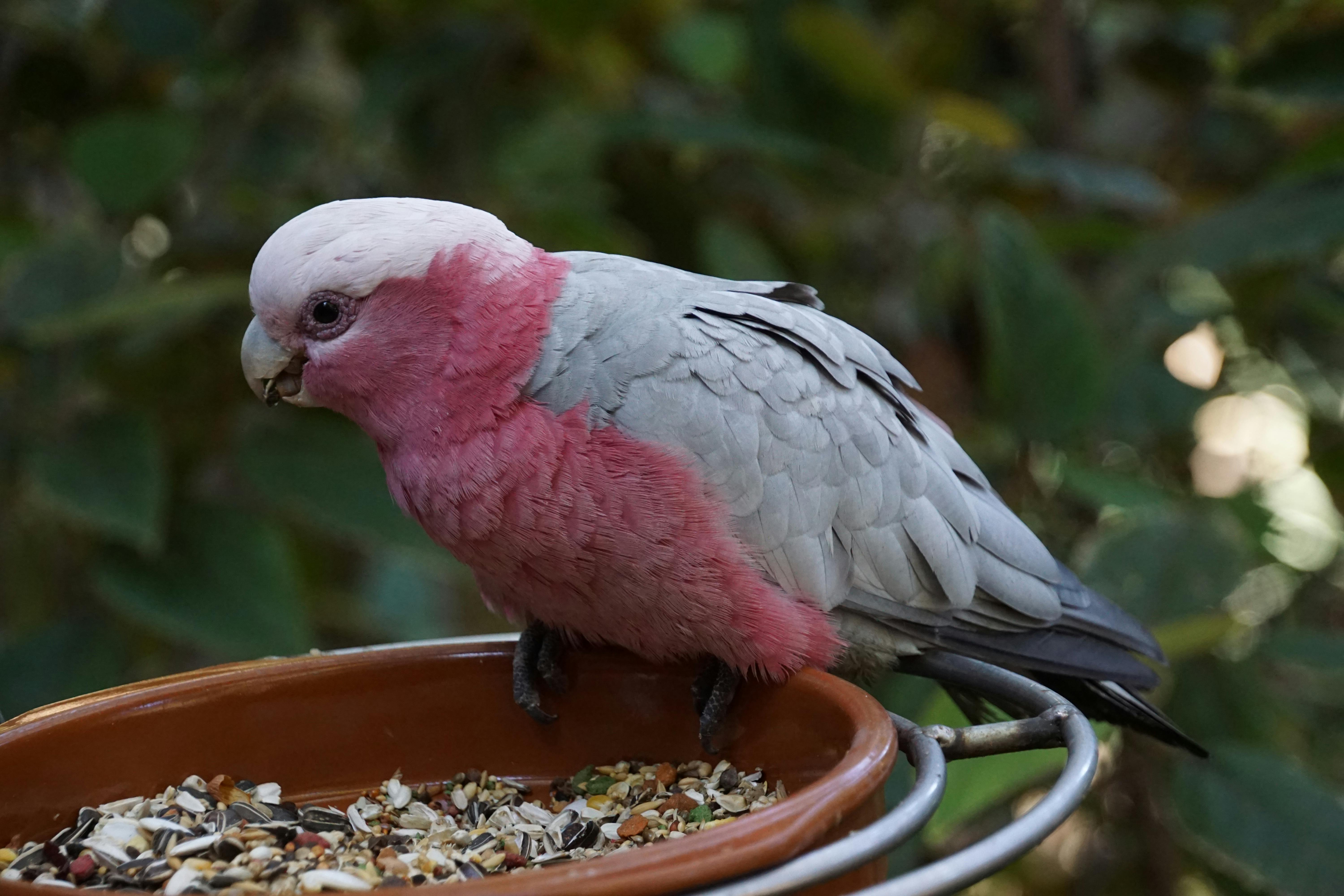
Effective Ways to Understand Rabbit vs Hare Differences
Understanding the differences between rabbits and hares offers insights into their unique adaptations, behaviors, and ecological roles. Though they belong to the same family, Leporidae, these two animals exhibit distinct physical characteristics, social structures, and habitats. This article will explore various aspects of rabbits and hares, including their behavior, breeding habits, and ecological importance, providing an educational guide for enthusiasts and researchers alike.
The importance of understanding these differences extends beyond mere academic interest; it impacts conservation efforts, pet care, and the ecological balance in their respective environments. By delving deep into their habitats, feeding habits, and social interactions, readers will gain a comprehensive look at the lives of these fascinating lagomorphs.
This article will cover the following key areas:
- Habitat and distribution
- Physical characteristics and behaviors
- Reproductive habits and lifespans
- Conservation efforts and cultural significance
- Common myths and misconceptions
Ultimately, readers can expect to walk away with essential takeaways that illuminate the world of rabbits and hares, including effective ways to differentiate between them!
Exploring Habitats of Rabbits and Hares
Habitat plays a crucial role in understanding the lives of both rabbits and hares. While both animals are part of the same family, the habitats they occupy often differ significantly, which influences their behavior and lifestyle.
Habitats of Rabbits
Rabbits are typically found in various environments, ranging from meadows to forests and even urban areas. They prefer places with abundant vegetation, where they can safely dig burrows known as warrens. These structures not only provide shelter from predators but also facilitate breeding and nurturing young. The most common species, the European rabbit, thrives in such environments, making them adaptable to different habitats.
Habitats of Hares
Conversely, hares tend to inhabit open areas, such as grasslands, fields, and even alpine regions. Unlike rabbits, hares do not dig burrows. Instead, they create shallow depressions in the ground, known as forms, which serve as temporary resting spots. This preference for open spaces is linked to their solitary nature, allowing them to be alert to predators while they forage.
Geographical Distribution
The geographical distribution of rabbits and hares corresponds to their adaptation to various environments. For instance, wild rabbits inhabit Europe, Asia, Africa, and North America, whereas hares are often found in more remote regions of the world. Understanding these distributions can help researchers and conservationists to manage their populations effectively and address endangerment issues.
With these foundational elements established, let’s transition to understanding the differences in physical characteristics between rabbits and hares.

Physical Characteristics of Rabbits and Hares
Physical traits are essential to differentiate between rabbits and hares. While they share several similarities, key differences set them apart.
Rabbits' Appearance
Rabbits exhibit several unique physical features, including shorter ears and a compact body. Their fur tends to be softer and denser, which helps them adapt to various environments. The most notable characteristic is their prominent front teeth, which continuously grow throughout their lives. They also have large, expressive eyes that contribute to their social behavior.
Hares' Appearance
In contrast, hares typically have longer ears that are well-adapted to dissipate heat. This is particularly crucial for their survival, especially in warmer climates. Hares' bodies tend to be larger and leaner, with longer hind legs, which enhance their speed when fleeing predators. Their fur also varies by season, often turning white in winter to blend in with snowy environments.
Differences in Rabbit and Hare Ears
The ears of rabbits and hares each serve distinct purposes. Rabbit ears, while long, are more suited to their social interactions, as they often rely on hearing to detect sounds in their warren. In contrast, hare ears are not only longer but also serve a critical role in instilling a strong sense of vigilance, helping them escape from predators swiftly.
Having examined the physical traits, we can now turn our attention to their behaviors and social structures, which reflect how each animal interacts with its environment.

Behavior Patterns in Rabbits and Hares
Diving into the behavioral characteristics of rabbits and hares reveals fascinating insights into their respective lifestyles. These behaviors often reflect their adaptations to their surroundings, influencing their survival strategies.
Common Rabbit Behaviors
Rabbits are social creatures and often live in groups. Their social behavior includes grooming, playing, and even communicating through various vocalizations and body language. They also establish a social structure within their groups, often dominated by a lead female. This social structure helps maintain order and ensures the safety of their young.
Solitary Nature of Hares
In stark contrast, hares typically lead solitary lives. They are more independent and do not rely on a communal structure for survival. This behavior stems from their adaptation to open habitats, where being alone increases their chances of detecting predators. Their breeding habits also reflect their solitary nature, as they do not require social interaction for mating.
Feeding Habits of Rabbits vs. Hares
Both rabbits and hares are herbivores, but their feeding preferences differ. Rabbits tend to graze on grasses, herbs, and leafy greens, while hares prefer a wider variety, including shrubs and trees. These dietary differences are crucial for their survival, as they affect their health and reproductive success. Understanding their feeding habits helps in conservation efforts, ensuring that their habitats provide the necessary resources for survival.
As we conclude our exploration of their behaviors, let's shift our focus to reproductive strategies and lifespans in rabbits and hares.
```